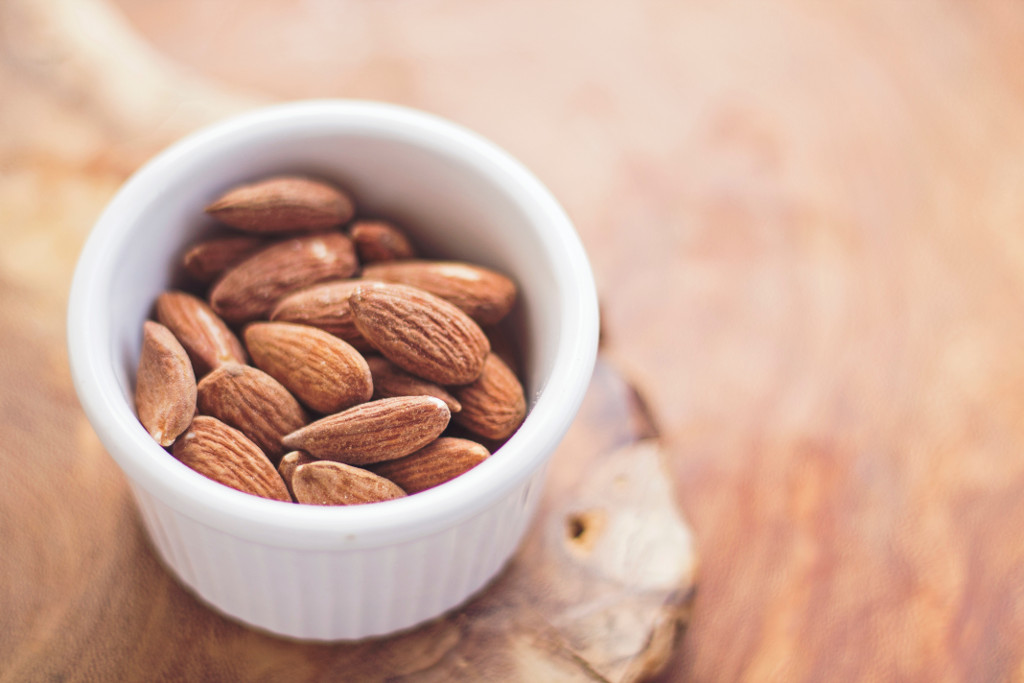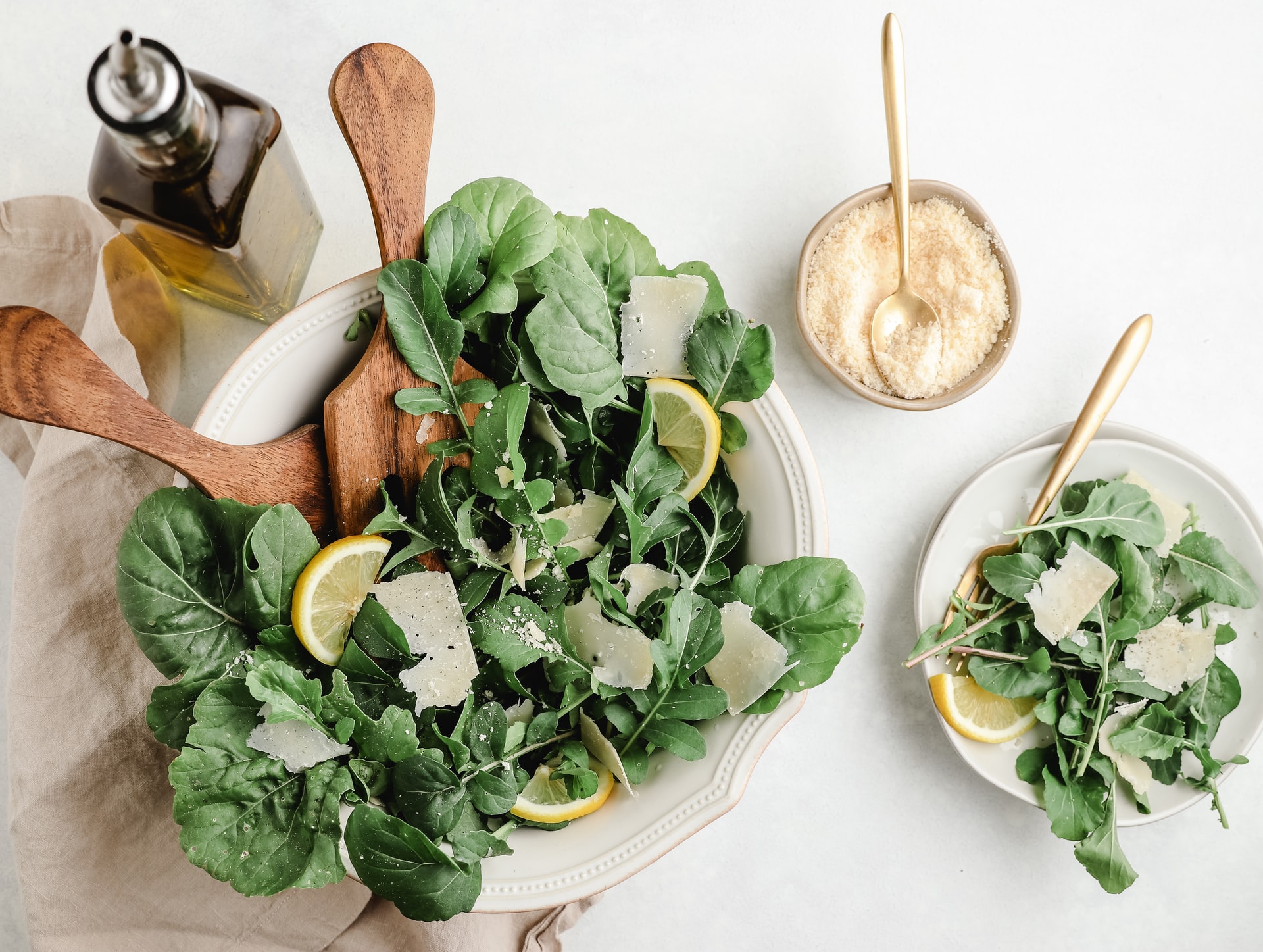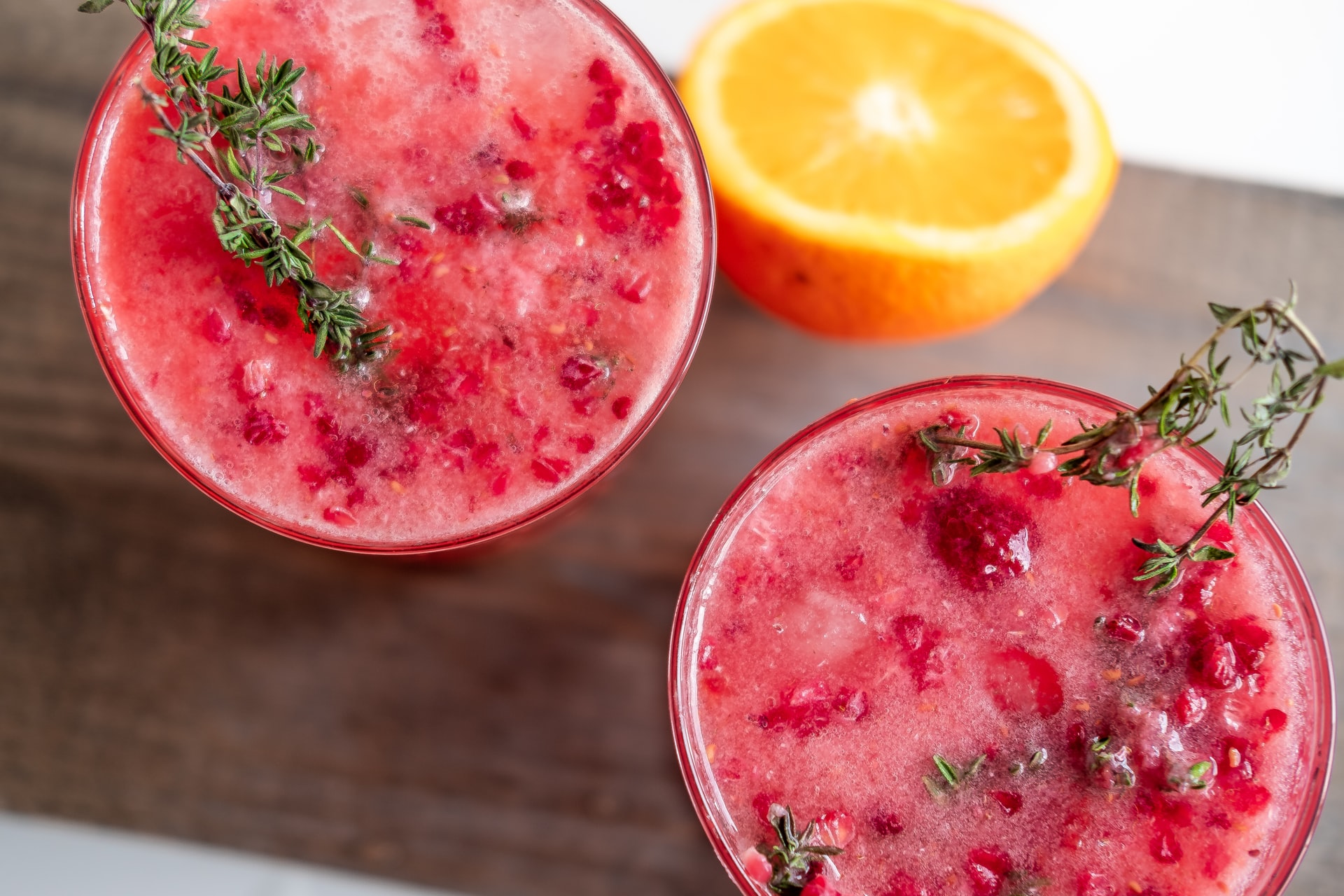Most nuts are good for you but if you eat almonds regularly, they will be particularly beneficial for your health.
Almonds are in fact not nuts but a member of the peach family and they were first cultivated in the Middle East. Some were found in the tomb of the pharaoh Tutankhamen, which has been dated to 1325 B.C. They are mentioned a number of times in the bible and almond branches are used in Christian art as a symbol of the virgin birth.
A major health benefit of almonds, according to Harvard Medical School and the American Heart Association, is that they lower the levels of bad cholesterol and this reduces the risk of heart attacks. They are good for your skin and also strengthen your teeth and bones because they contain phosphorus, magnesium and calcium. They assist in weight loss and through their riboflavin content they increase brain activity. In India they’re known as a brain food for children and are a popular ingredient in several types of curries such as the pasanda style. In addition they contain Vitamins B2 and E as well as iron. Their vitamin E content helps them to be stored in a refrigerator for up to two years. Almonds are high in protein (about 20%) and a handful of almonds (about 1 ounce) contains 163 calories as well as 3 grammes of fibre.
The annual global production of almonds is just under three million tons and the U.S.A. is the largest producer, with more than the rest of the world’s production combined, while Spain comes second and Australia third. Every February in California almost one million bee-hives are used to pollinate the crop but this has been affected by colony collapse disorder, though self-pollinating almond trees have been developed. 40% of the world’s almonds are used in the chocolate industry.
Apart from eating them raw, which is a very easy and tasty snack, plain, roasted or salted almonds can be included in all kinds of recipes. Ground almonds are often included in cakes and biscuits while chopped almonds can add zest to salads and many cooked meals. Slivered almonds sprinkled on cereal of yoghurt are a much healthier alternative to sugar. There’s also almond milk, which comes in various flavours such as vanilla and chocolate. I find it a tasty substitute to cow’s milk and it’s considerably lower in calories but it is more expensive, it has to be said. It’s easy to make your own almond milk as long as you have a food processor. Almond flour when mixed with sugar or honey becomes marzipan and this is a popular ingredient in cakes and sweets. This flour is also a gluten-free alternative to wheat flour. Finally there’s almond butter, which can be spread on toast or pitta bread; almond paste, almond syrup and almond oil, which is used in cosmetics and as a lubricant for massages. In many countries almond shells are used as cattle feed so even these come in useful.





Great post and right to the point. I don’t know if this is truly the best place to
ask but do you folks have any thoughts on where to hire some professional writers?
Thx 🙂 Escape rooms
I was reading through some of your posts on this internet site and I think this web site is real informative!
Keep posting..